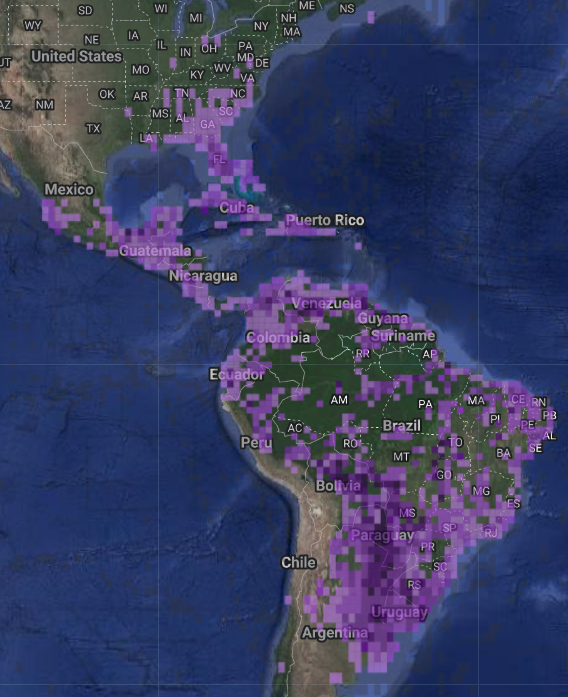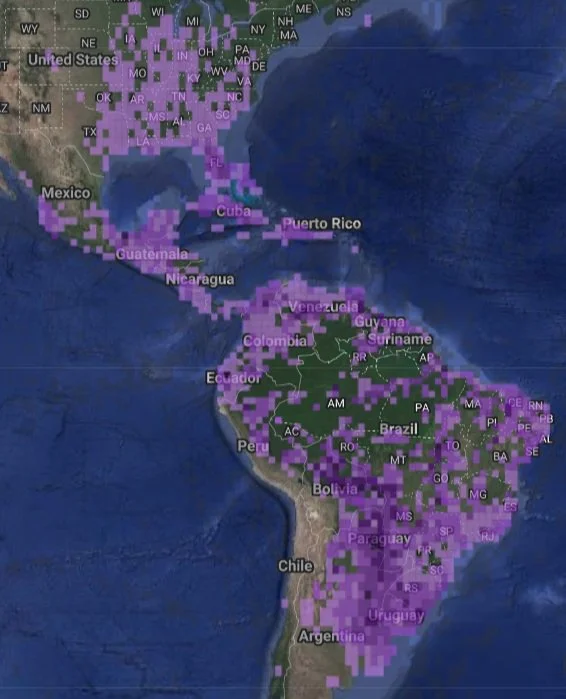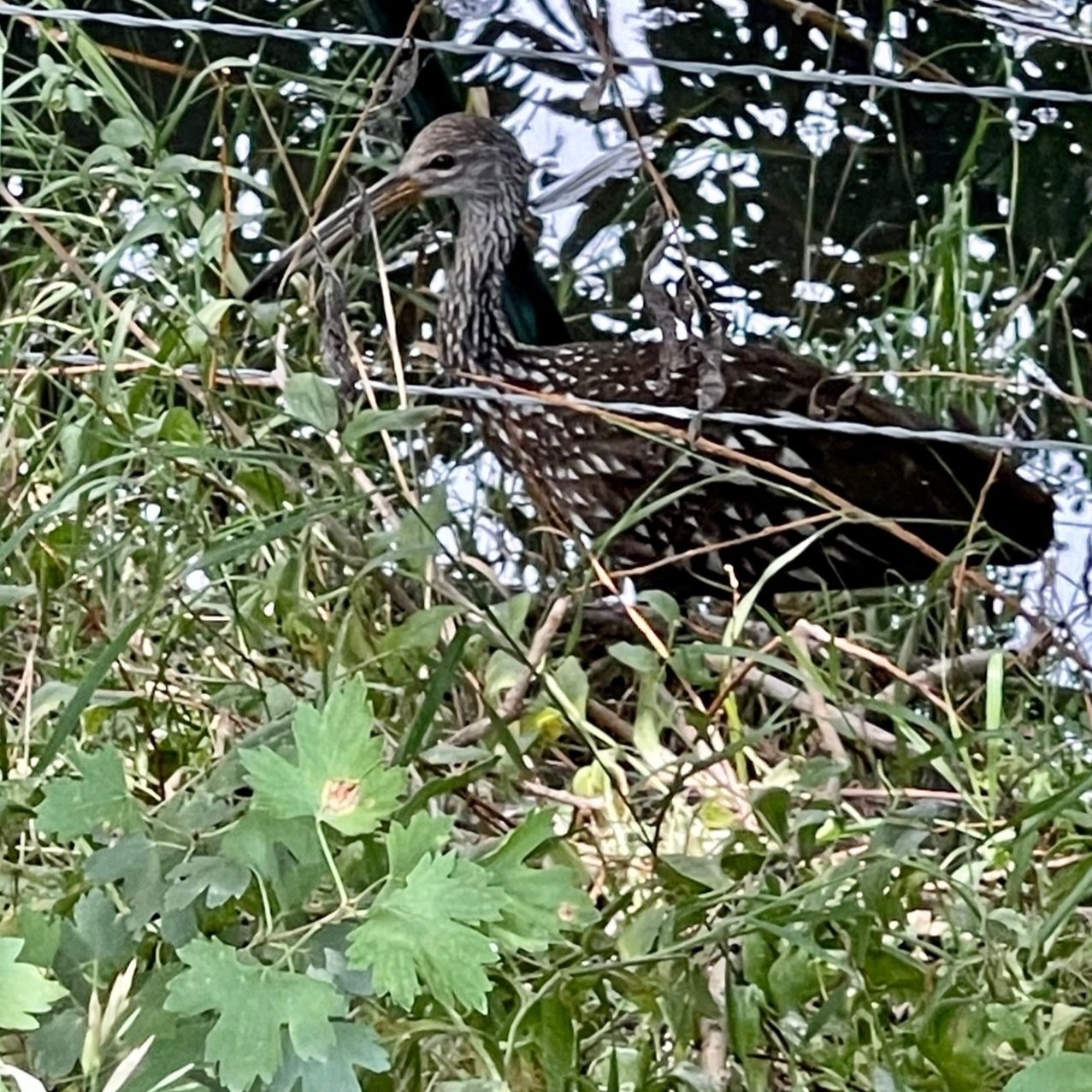September Nature Almanac: Limpkins Lurk Where They Are Not Supposed to Be
By Ruth Carol Cushman, with Stephen Jones and Scott Severs
September 2023
A Limpkin—the tropical wetland bird whose usual home is Florida and Central and South America—visited Colorado this summer for the first time in recorded history. First sighted in El Paso County in June by Karen Rau, the Limpkin (Aramus guarauna) has now been added to the official state record list maintained by the Colorado Bird Records Committee, bringing the total to 520 confirmed species observed in the state.
On July 19 and 20, a Limpkin found its way to a tiny cattail marsh east of Teller Lake #5 in Boulder. Lauren Beabout, a Wildlife Technician with the Open Space and Mountain Parks Department, was doing an amphibian survey when she spotted and reported the Limpkin. Was it the same bird recorded in El Paso County or a different individual? Not much is known about this vagrant visitor. It stayed for several days and was photographed by many birders careful to remain at a respectful distance.
By the 20th century, Limpkins had been hunted almost to extinction in Florida. Thanks to legal protections and habitat improvements, their population size gradually recovered. In 2019, there were sightings in Illinois, Ohio, Virginia and other formerly “limpkin-less” locations. In 2022, Limpkin sightings outside their normal range simply exploded. This summer they have been sighted far out of range in Ontario, Canada; Pennsylvania; and Colorado.
1900-2020
1900-25 Aug. 2023
Locations of observations of Limpkins reported to eBird showing the full range of the species. Note the northern expansion of Limpkin observations in the last three years. Darker purple boxes represent a greater frequency of observation. Maps from eBird.
Why? No one is yet sure why, but some have speculated on habitat loss in Florida where it was abnormally dry this spring; the spread of apple snails, a preferred food, beyond Florida; global warming; or some combination of all of the above. Or perhaps something else not yet understood. Here in Boulder County might they have been attracted by the invasion of New Zealand mud snails?
Their long bill—bent and twisted at the tip—is specialized for prying apple snails out of their curved shells. Although once thought to dine almost exclusively on apple snails, they also eat other snail species, mussels, and occasionally seeds, lizards, frogs, insects, worms, and aquatic midges. So we presume they found enough food in Colorado to survive. At least, we hope they survived and simply flew off after a few days.
A well-camouflaged Limpkin peers up from the marsh east of Teller Lake #5. Photo by Jim Hill
Limpkin plumage—brown with white speckles—matches the marshes where they lurk. They look a bit like rails on stilts or herons. Their long legs give them a limping gait that may have inspired the name “limpkin.” In spite of what the spellchecker thinks, this sole member of the Aramidae family is not a lumpkin, a pumpkin, or a limp kin.
Visit Cornell’s All About Birds for more information and to listen to the Limpkin’s weird “banshee-like” wails.
Other September Events
Elk begin bugling, while mule deer bucks begin sparring.
Ladybugs, preparing for hibernation, concentrate in vast numbers on Bear Mountain, Green Mountain, and other summits in the foothills.
The last summer generation of monarch butterflies, slightly larger in size than the previous generations, emerges and sets off for Michoacán. Individuals will overwinter in high mountain forests (8,000-11,000 ft) before initiating the return flight and breeding in early spring. Their descendants usually arrive back in Boulder County by early June.
Giant evening stars (Nuttalia decapetala) unfurl around dusk on sandstone outcrops along US 36 just north of Boulder. Their saucer-sized, snowy white blossoms are pollinated by night-flying sphinx moths.



